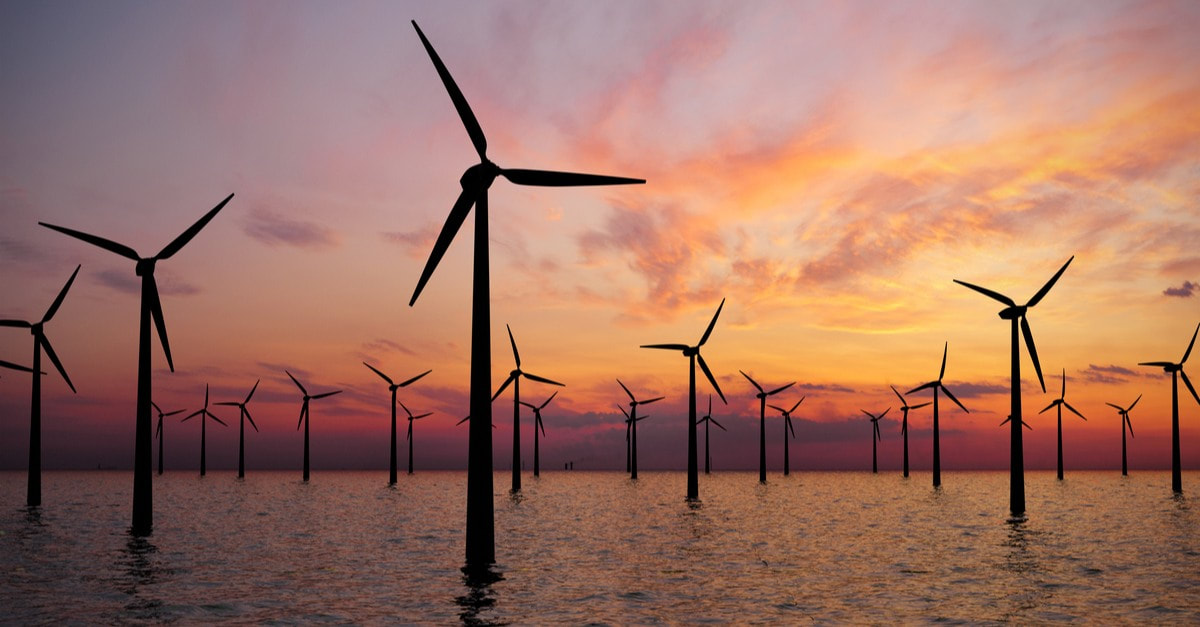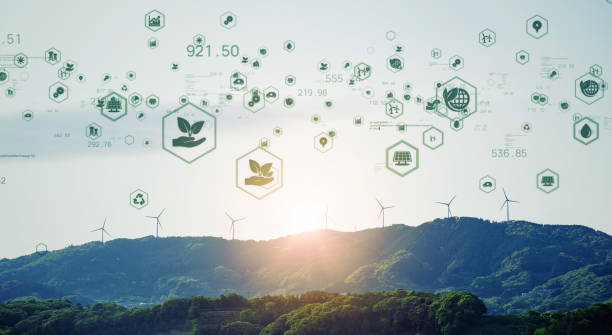|
The European wind and solar markets are expected to provide solid growth of 8% and 12%, respectively, in 2022, in terms of additional capacity. The majority of this growth is from large scale solar plants. (14%) but small scale rooftop solar is set to grow by 11%. The majority of growth in the wind market is in the offshore market (16%) as some large offshore wind parks will come online in 2022. The onshore wind market is seeing steady growth of 7%. This is all good news but what does this look like in terms of addional capacity? The onshore wind sector will add the most capacity at 14 GW with small-scale solar projects adding 12 GW. Thhe offshore wind sector will add 4 GW of capacity in 2022. This is a relatively small addition compared to other segments, but policymakers in the Nordics, UK, Ireland, Germany and the Netherlands are working on special planning for offshore wind farms and grid infrastructure. Watch this space as there will alot of progress and investment over the next few years. To meet these climate goals, the focus has been on phasing out coal and nuclear-fired power plants, reducing European oil and gas production and increasing power generation from wind turbines and solar panels. This focus is all about the sustainability aspects of energy systems. The outcome of this is that the supply side of energy system is being reformed at a faster rate than the demand side. What does this mean? It means that Europe has to rely on energy suppliers outsideof the EU and depends on imports of natural gas from Russia and Norway and liquefied neatural gas (LNG) from the US and Quatar. What if those supplies dried up for some reason? What if the tap was turned off? Being so dependant on external energy supplies makes Europe's energy security vulnerable. This is a problem and not an easy one to fix in the short term. The Three Main Pillars of Energy Systems What factors could impact the reliabilty of energy systems? There could be long, severe winters, bankruptcies of energy providers, geopolitical tensions, wars, natural disasters and so on. In addition to this, we have to deal with the affordability of energy. Affordability decreases as energy prices on fossil fuels continue their march higher. Increasing demand and decreasing supply or supply disruptions will add impetus to higher prices. Perhaps if the focus was not so much on sustainabilty but a little bit more balanced with reliability and affordability, we'd be in a much better place.
There is certainly a need to develop more green energy alternatives in Europe, but this will take time, and as we can see, wind and solar power are experiencing strong growth, but is it enough to offset the reduction in fossil fuel production across the continent? If not, the result is an increasing depenance on external energy suppliers which just exacerbates the energy crisis and those three energy pillars just get more out of balance. What is required is well-balanced and coordinated energy transition plans from member states to resolve these challenges. Phasing out coal and nuclear power needs to be coordinated with an increase in renewable energy systems, that enables a reduction in the dependance on external providers that will ultimately lead to increased energy security. Its easy to say but anything but easy in the real world unless there are is catalyst for action. All too often, it is only when we stand at the precipice and look into the abys, that we are forced to take action. It doesn't have to be that way though! It is time to re-balance the pillars of energy systems.
0 Comments
Leave a Reply. |
AuthorTim the trader Archives
January 2025
Categories |
Site powered by Weebly. Managed by iPage



 RSS Feed
RSS Feed